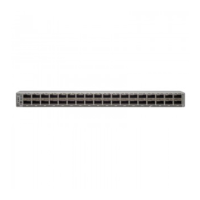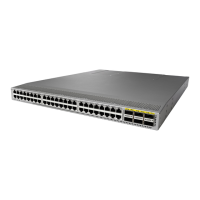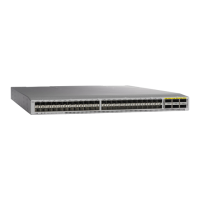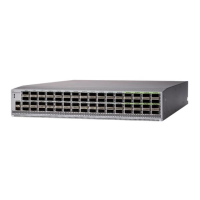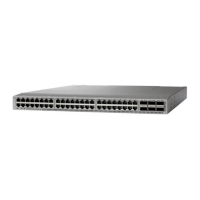CHAPTER 3
Setting Up the IP Fabric for Media
This chapter describes how to set up an IP fabric for media network.
•
Determining the Number and Types of Leaf Switches Required in the IP Fabric, page 7
•
Determining the Number of Achievable Flows in the IP Fabric, page 9
Determining the Number and Types of Leaf Switches Required
in the IP Fabric
The number and types of leaf switches required in your IP fabric depend on the number and types of endpoints
in your broadcasting center.
Follow these steps to help determine how many leaf switches you need:
1
Count the number of endpoints (cameras, microphones, etc.) in your broadcasting center (for example, 90
10-Gbps endpoints and 30 40-Gbps endpoints).
2
Determine the type of leaf switches required based on the type of endpoints in your broadcasting center.
•
For 10-Gbps endpoints, you need to use the Cisco Nexus 92160YC-X leaf switches.
•
For 40-Gbps endpoints, you can use the Cisco Nexus 9236C or 9272Q leaf switches.
3
Determine the number of leaf switches required based on the number of endpoints and uplinks that each
leaf switch supports.
Table 2: Endpoints and Uplinks Supported per Leaf Switch
Uplink CapacityEndpoint CapacityLeaf Switch
10 x 100-Gbps (1000-Gbps)
uplinks
25 x 40-Gbps endpointsCisco Nexus 9236C switch
36 x 40-Gbps (1440-Gbps)
uplinks
36 x 40-Gbps endpointsCisco Nexus 9272Q switch
Cisco Nexus 9000 Series NX-OS IP Fabric for Media Solution Guide, Release 7.0(3)I4(2)
7
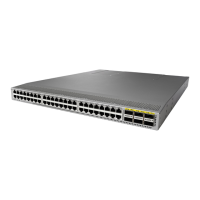
